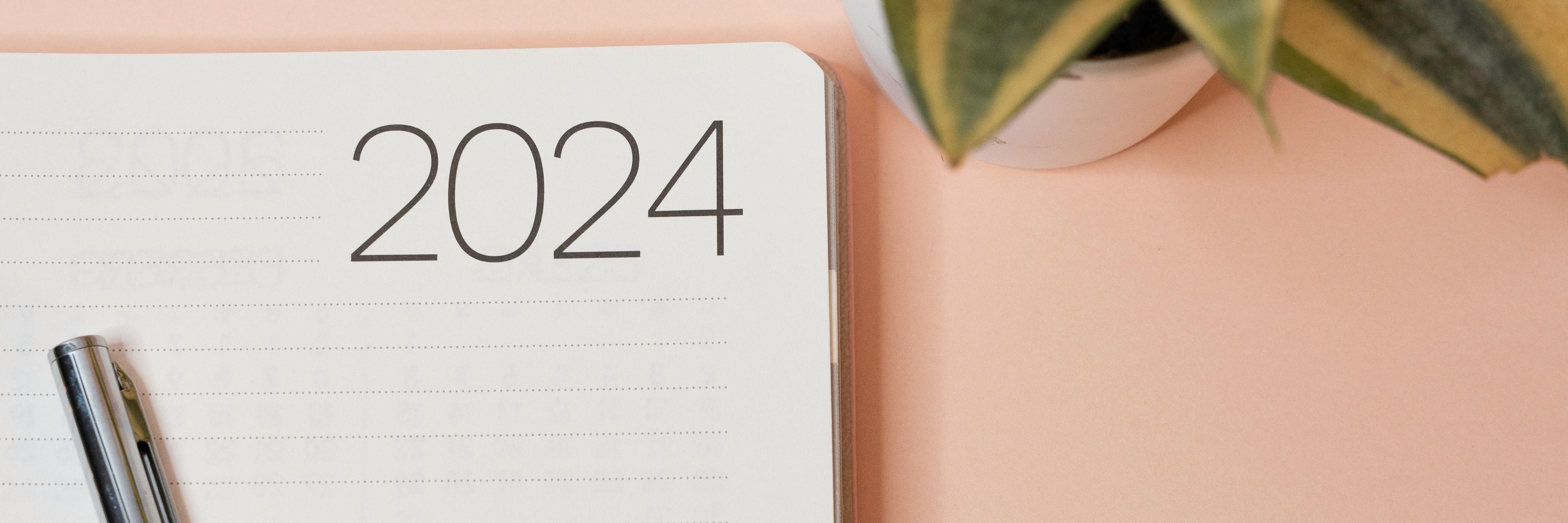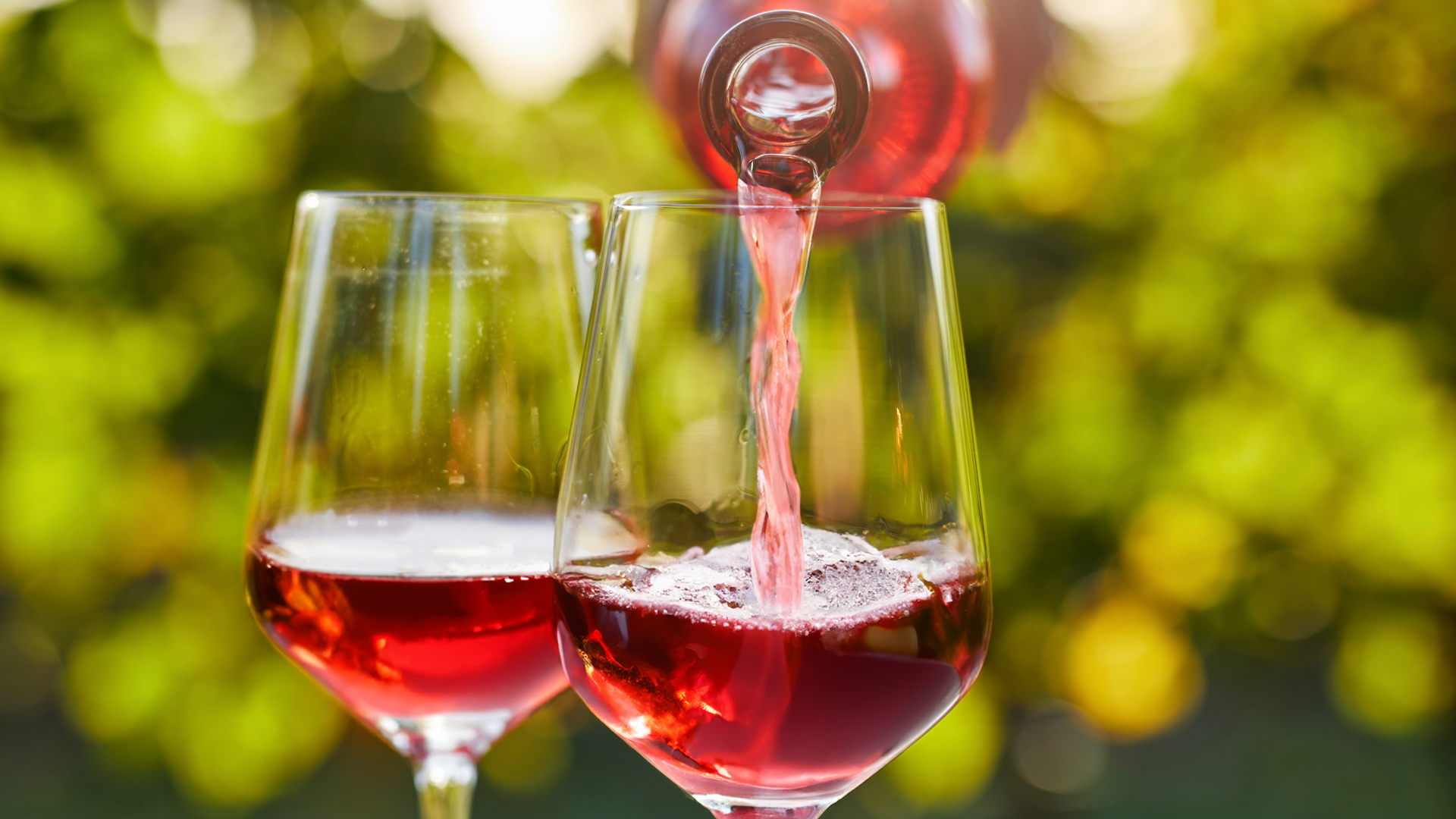When broscience meets winemaking (Part 2)
· By Bernard Mocke

Seeing that Part 1 of this blog post (click here to read it) caused a minor stir, with some interesting comments and reactions popping up, I decided to write Part 2 sooner rather than later. Broscience is the name of the game and this time around I’ll zoom in on a pet wine peeve of mine – sulphur shaming.
Of smoke and mirrors, sulphur shaming and wine headaches
Gone are the happy days when one can have a glass of wine, or even a bottle if you’re so inclined (hey, it takes all sorts) and then simply blame the ensuing headache, should one occur, on alcohol. Nowadays, the slightest headache following a glass of wine is immediately blamed on the use of sulphur dioxide. Which is unfortunate, seeing that this broadly used food (and wine) preservative is not only very effective, but also quite safe and relatively cheap. Even at high dosages.
Don’t get me wrong here, I agree that food allergies exist. Science has shown it. And sulphur dioxide is also on the list of food allergens (read here for more information). But nowadays it seems that the cool thing to do is to make sulphur dioxide in wine the scapegoat for any negative effect following a glass of wine. What I find particularly amusing is those that sulphur shame wine and then proceed to stuff their pieholes with heaps of dried fruit, French fries, dried meats, and various other packaged foodstuffs, without getting the slightest headache, or any other adverse effect. Bubbles Hyland wrote an excellent blog on this very topic (click here to read it) that very clearly shows that dried fruit contains a whole heap more sulphur dioxide than wine. How much more, you ask? Well, how about a factor of ten? Nope, that is not a typo. Dried fruit typically contains more sulphur dioxide than wine by a factor of ten. Let that sink in, all you sulphur shamers out there.
Are these the real culprits behind wine headaches?
If you haven’t gagged on your piece of dried [insert exotic sounding berry name here] berry yet, keep on reading. Two much more obvious reprobates (this is a synonym for culprit, to all you food and wine hipsters reading this) when it comes to wine headaches and other side effects, are biogenic amines and quercetin.
Biogenic amines are molecules produced by the decarboxylation of certain amino acids, with those most frequently found in wine being histamine, tyramine and putrescine. Lactic acid bacteria (LAB) in general, which of course includes Oenococcus oeni (the Mike Tyson of malolactic fermentation in the oenological realm), are known producers of biogenic amines. Notably, only certain strains possess the gene that enables the bacterium to produce biogenic amines. Even more notably so, Laffort’s MLF cultures are screened for biogenic amine production and as a result are incapable of producing those pesky amines. Indigenous flora (LAB) can be a considerable source of biogenic amines and the best way to curb their activity is to inoculate wine with a top class MLF culture. I can imagine that a couple of hipsters are now frothing at the mouth and pulling out their hair, because indigenous flora is just so rustic, cool and free. Yeah, sure. As are the biogenic amines that they could produce.
The quercetin hangover hypothesis
A study (wine geeks click here) has suggested a possible mechanism behind red wine induced headaches. It seems that some unfortunate souls are unable to drink red wine without suffering from headaches, while the consumption other alcoholic beverages cause no ill effects. Could a specific polyphenol (red wine has a lot of those) be responsible?
It is known that acetaldehyde, a by-product of alcohol degradation in the liver, can induce headaches and other unpleasantness. If the enzyme ALDH2, which is responsible for the further metabolism of acetaldehyde to acetate, doesn’t do its job properly then acetaldehyde accumulates, and you’re stuck with a headache. Now, back to the polyphenols in red wine, of which one is quercetin. There is a lot more of this stuff in red wine than other alcoholic beverages. Sinister much?
Briefly put, the study mentioned above proposes that quercetin-3-glucuronide (derived from quercetin in red wine) can inhibit ALDH2, thereby elevating acetaldehyde levels, and ultimately cause a headache in susceptible persons. You really can’t make this stuff up – there’s no broscience here.
So, next time you hear somebody engaging in the sulphur shaming of wine, best you tell them about the above-mentioned organic culprits. Or tell them to read this blog post.
Or maybe they just can’t handle their drink. Cheers!



